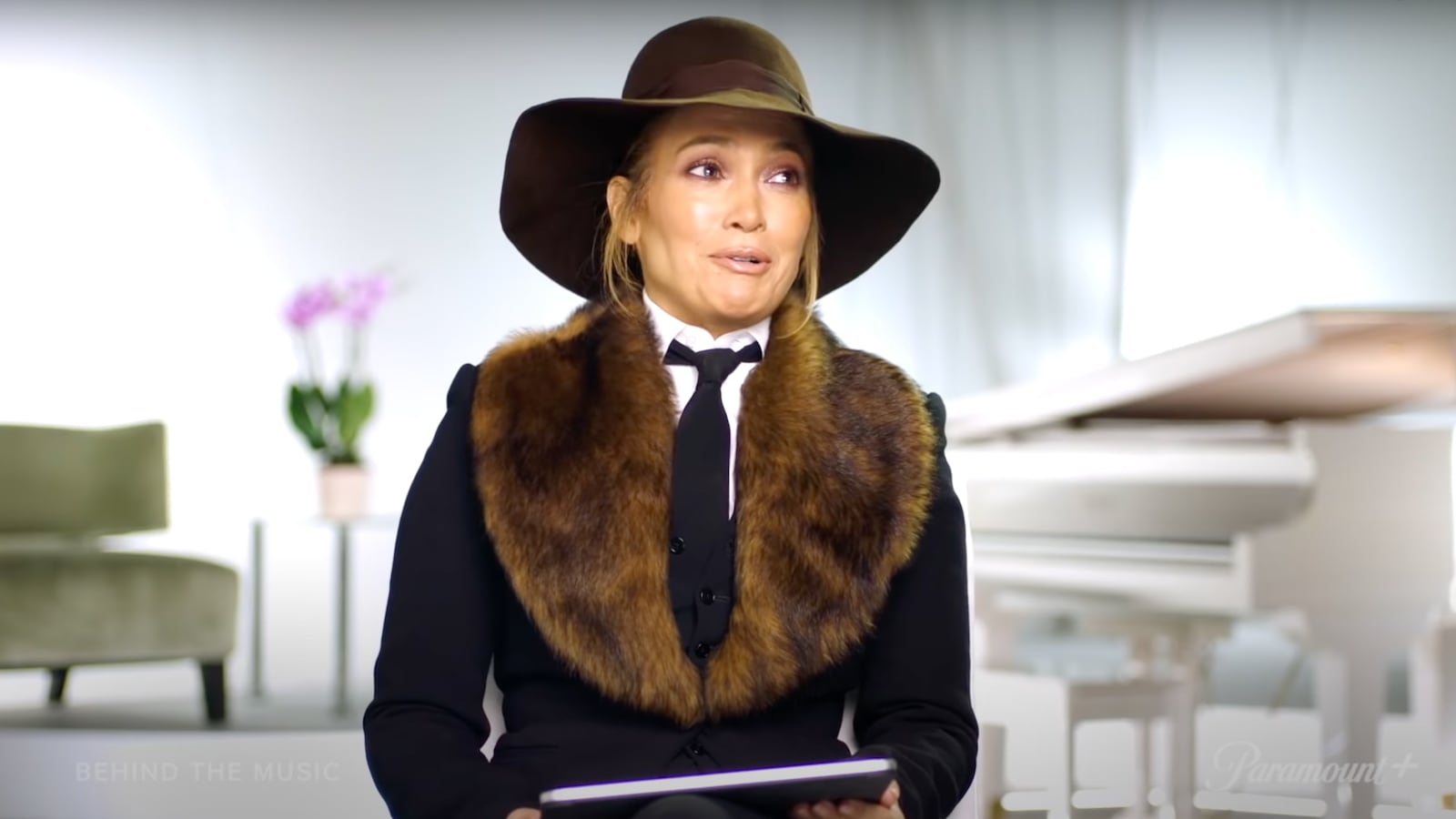Despite some skepticism surrounding its launch back in March, Paramount+, formerly known as CBS All Access, has been a surprising standout in a never-ending flood of streaming services, thanks to an attractive slate of properties acquired in the 2019 CBS-Viacom merger.
Aside from hosting Paramount Pictures films and flagship programs like Survivor and The Good Fight, much of the platform’s hype has centered around millennial-targeted reboots and spin-offs of Nickelodeon, Comedy Central, MTV and VH1 classics, like The Real World, iCarly, a Beavis and Butt-head film in the works and a newly announced Surreal Life. Their library also includes a patchy but popular archive of iconic programs from the reality TV and music channels, including VH1 Storytellers, True Life, and MTV Unplugged.
The streamer’s next nostalgic endeavor is a reboot of the hit VH1 series Behind the Music, which drops its first episode July 29. First airing 24 years ago, the documentary series gave music fans an intriguing, hour-long glimpse behind the curtain of their favorite acts, including revelatory interviews with the performers themselves—if they were still among the living, of course. The series’ executive producer and writer Gay Rosenthal got the world’s biggest artists to open up about their traumatic upbringings, tabloid rumors, industry beefs, financial challenges, and career victories. While the show aimed to cover subjects who were considered past their prime or retired from the industry—the show was originally pitched as an inquiry into the lives of disgraced R&B duo Milli Vanilli—it also began covering contemporary artists in its later seasons.
After seven years off the air, the new Behind the Music offers much of the same content and storytelling as the original—at least in the first three episodes given to critics. When Paramount+ announced the project in March, it advertised new episodes featuring previously covered artists Jennifer Lopez, Ricky Martin, Bret Michaels, Huey Lewis and Fat Joe with “artists interviews, a creative refresh and reimagined visual style.” Likewise, eager viewers should expect a slightly modified repackaging of the original episodes as opposed to a complete retelling and recontextualizing of the musicians’ biographies—much like the Remastered versions of the original episodes that appeared on VH1 Classic.
In the reboot’s defense, the easily digestible, chronological structure of the show is, in part, what made it so watchable. So it makes sense that the producers forewent experimenting with a format that attracted so many eyeballs in the first place. However, the result is just about as satisfying as simply going on YouTube and accessing the original episodes where much of Behind the Music can be found (in lieu of the series not being available on streaming platforms.)
For instance, the first two episodes, which profile Ricky Martin and LL Cool J, are almost identical to their 2011 and 2013 Remastered episodes. Notably, Martin’s original Behind the Music documentary from 2000 was updated to incorporate his struggles with his sexuality in the early phases of his solo career and eventual coming-out in 2010. This latest edition features new soundbites from the Latin pop superstar that don’t exactly add new insight on these events so much as re-emphasize the vulnerability and sincerity that’s made Martin’s story so effective.
The parts of the episode that feel the freshest are when the writers re-examine Martin’s legacy within the context of the new wave of Latin artists dominating U.S. charts like Maluma, Rosalia, Ozuna, and fellow Puerto Rican artist Bad Bunny—the latter of whom appears throughout the documentary to discuss the impact of growing up with Martin as a national figure and, at one point, even relates to being pestered by the media about his sexual orientation.
LL Cool J’s episode is also in conversation with the current era of rap music that’s been penetrated by Black Lives Matter and other social movements in recent years. Competing with the angrier, overtly political sounds of Public Enemy and N.W.A, LL Cool J found himself at a crossroads in the late ’80s when his party anthems and romantic ballads failed to strike a chord with hip-hop fans, resulting in a unanimous booing at the Apollo that would provide inspiration for “Mama Said Knock You Out.”
The new episode covers his decision to make his most political statement to date in a freestyle about the murders of Breonna Taylor and George Floyd that he posted on Instagram last summer. In examining his fraught relationship with politics, the episode curiously omits “Accidental Racist,” his much-maligned duet with Brad Paisley from 2013 in which the country singer defends the Confederate flag as a symbol of Southern pride. As the rapper’s political insights seem to remain moderate at best, it may have proved more intriguing to focus on his impact in the melodic, woman-friendly rap that’s paved the way for artists like Drake to become global superstars. Instead, we get a stilted interview from lifelong fan Eminem, whose most compelling tidbit is that the rapper once gifted him the same chains he wore in the “I’m Bad” music video.
Of the first three subjects, viewers will perhaps have the most catching up to do with Huey Lewis, who’s spoken publicly about his battle with Ménière’s disease but is obviously less of a headline-grabbing figure in today’s culture. In a new interview, the 71-year-old singer recounts his on-and-off struggles with the disease that impacts his hearing and, consequently, his ability to sing. Unlike Martin and LL Cool J’s episodes, that end on a note of triumph and continued success, Lewis’ story is more tragic, as he continues to seek a cure for his condition. His paints the most multi-layered and human portrait of the singer as opposed to examining him primarily as a cultural artifact.
Whatever viewers may have expected from this reboot, the updated series still manages to captivate audiences based on the potency of the artists’ stories alone, no matter how many times they’re retold. It also may increase demand for the original series to be made available on Paramount, since the series’ whereabouts, outside of what’s available on YouTube, remains a mystery as ViacomCBS licenses its properties to other companies, like Netflix and the Paramount Network. Nevertheless, with the new Behind the Music, the streamer has managed to cash in on yet another product of peak cable TV that will likely appease the same millennial, pop culture-obsessed audience that it used to.


